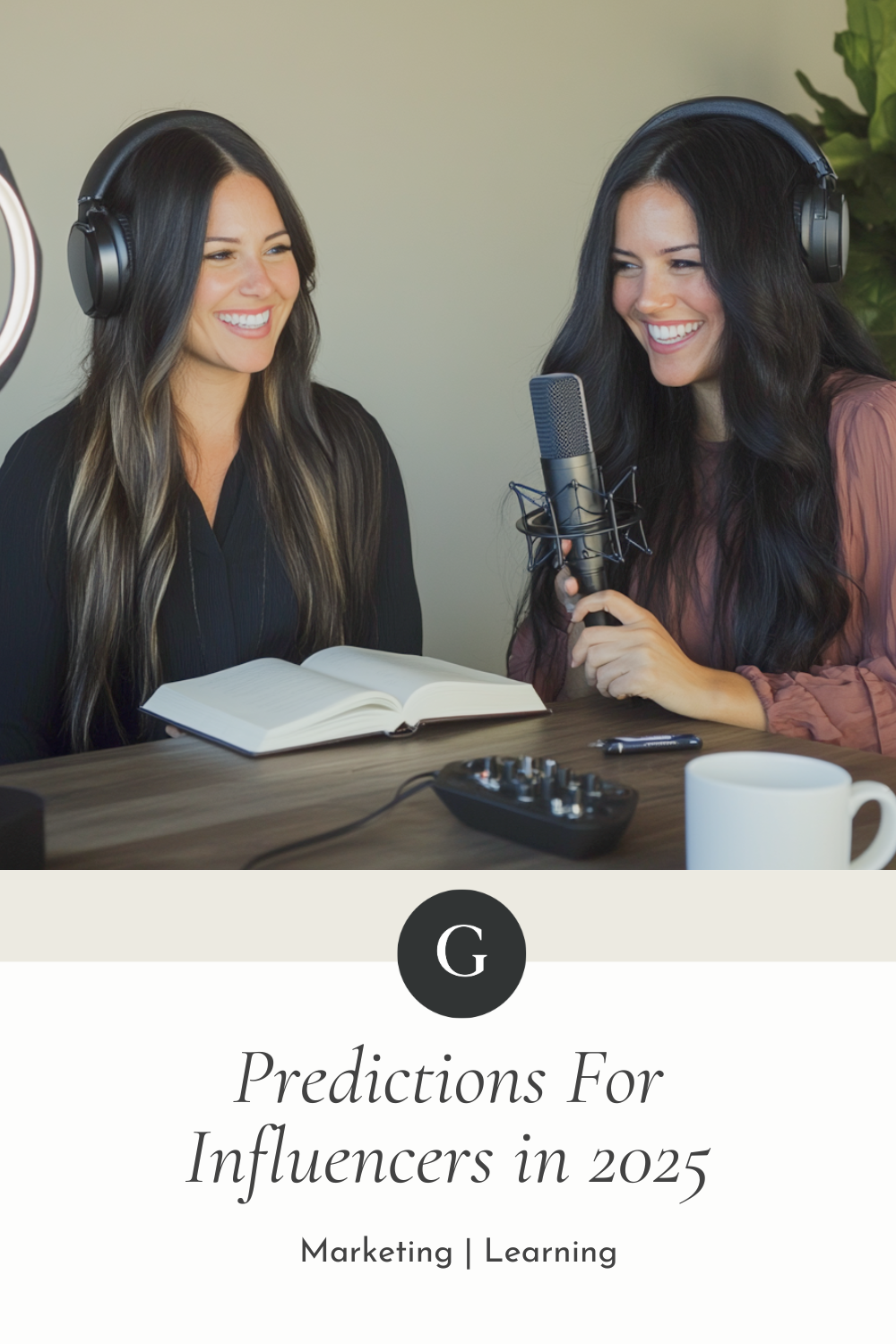
I'm Naomi, Vancouver's go-to expert in web and brand strategy, and I'm passionate about helping businesses thrive online. With years of experience and a creative approach, I'm dedicated to delivering tailored solutions that elevate your brand presence and drive meaningful results.
MORE ON NAOMI
PEEP THE INSTA
November 26, 2024
Why “Perfect” Content Is Dying (And That’s a Good Thing)
You know that influencer with the perfectly curated feed, flawless skin, and #ad posts that scream “I don’t actually use this product”? Yeah, people are over it.
Nearly 85% of followers have said, “No thanks,” to influencers who feel fake, and the trend isn’t slowing down.
The future of content isn’t about chasing perfection—it’s about showing the cracks. Flaws are in, filters are out, and people want to see the real, unpolished reality behind the scenes.
Take creators who deinfluence overconsumption and call out the insanity of buying yet another neutral-toned aesthetic lamp for your already-overly-beige apartment. They’re winning. This isn’t just a vibe shift—it’s a cultural one.
Brands like Duolingo have nailed this with TikToks that feel more like inside jokes than ads. Their content says, “We’re in on the joke, too,” and people can’t get enough.
The Rise of Micro and Nano-Influencers
Forget the 1M+ club; the new power players are the nano-influencers. With fewer than 10,000 followers, these creators don’t pretend to have it all figured out—and that’s exactly why people trust them.
TikTok’s algorithm is basically the Robin Hood of social media, boosting nano-creators into your feed and leveling the playing field. These influencers feel like the person you’d have a beer with, not the one flexing their free luxury luggage.
Brands are finally catching on. Nano-influencers offer something most big names can’t: intimacy. Their followers actually care what they think, which makes their recommendations hit harder. And guess what? They’re way cheaper for collaborations, so everyone wins.
Content Is Getting Real (Typos and All)
Social media in 2025 is ditching the polished presentations and embracing how people actually talk. Casual language, emojis, and even the occasional typo? Bring it on. It’s not about being lazy—it’s about being human.
Creators are also stepping into the role of community leaders.
The goal isn’t just to rack up likes or views; it’s about building spaces where people feel like they belong. It’s the difference between being a content machine and being the friend who always shows up in the group chat.
What Brands Are Learning (Finally)
Mission Over Merch
The days of “Look at my Target Haul” are fading fast. The brands that win are the ones that align with creators’ values.
People want to hear about why this product or restaurant is better than the garbage one everyone keeps hyping.
The key? Let creators tell those stories their way.
Small But Mighty
Micro-influencers are on the rise with brand campaigns.
Their smaller, loyal audiences are way more engaged than a celebrity’s followers scrolling past their 20th sponsored post of the week.
TikTok creators with 10,000 to 25,000 followers are now some of the most in-demand collaborators. Why? Because people trust them to keep it real—and trust is priceless.
2025 Belongs to the Real Ones
If you want to thrive in 2025 on social media, here’s the deal: stop trying to look perfect.
People don’t want content that feels like it took 5 tries; they want content that feels like a DM from a friend.
Authenticity isn’t a buzzword anymore—it’s the price of entry.
Whether you’re sharing behind-the-scenes bloopers, calling out consumerism, or just admitting you’re tired of pretending to love every brand that wants to work with you, the creators who keep it real are the ones who’ll stick around.
So here’s to the messy, unfiltered, typo-filled content of the future.
It’s about time we all got a little more human.
Predictions For Influencers in 2025
© GINZA DESIGN | VANCOUVER WEB DESIGN & BRANDING